We all understand that cars need to be maintained, but most people don’t understand how to maintain them. They just follow the recommended plan provided by the 4S store for car maintenance.
In fact, we must have a common sense in car maintenance, such as the following parts. No matter how rumor goes, we must replace them at 60000 kilometers.
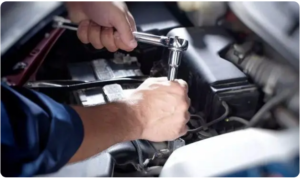
Because 60000 kilometers is a “big hurdle” for new cars, if these components are not replaced in a timely manner, it is easy to leave safety hazards!
Suggestion for car owners: After reaching 60000 kilometers, even if these parts are not damaged, they should be replaced. Don’t let it go by ear!
1. Whole vehicle oil
For example, brake oil, antifreeze, etc., are also one of the factors that prevent vehicle malfunctions. After driving 100000 kilometers, it is particularly necessary to change to a higher level of oil. Engine components may experience strain after 100000 kilometers. Using a higher level of oil can protect critical components and slow down the occurrence of excessive strain on engine components.
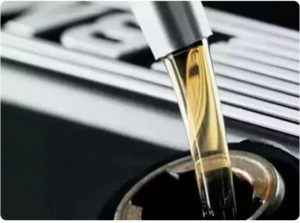
2. Brake pads
When driving on the road, the car’s configuration needs to be checked multiple times and replaced in a timely manner. It cannot be achieved overnight, especially if there is a problem with the brake system, which can easily cause malfunction. Therefore, the mechanic reminds everyone that when the car travels 60000 kilometers, it must be replaced in a timely manner. It has already reached an extreme time.
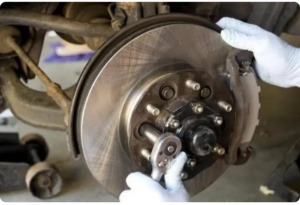
3. Gasoline filter
This component usually needs to be replaced after 60000 kilometers, because its existence is to filter out impurities in the car fuel, making our engine more powerful and powerful. If we don’t replace the engine when it needs to be replaced, we will find that our car’s fuel consumption is gradually increasing and accelerating, lacking strength, and even accompanied by various abnormal noises, leading to the engine entering the edge of scrapping.
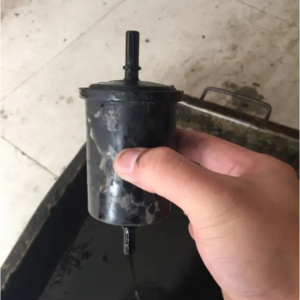
4. Tire replacement cycle
Generally speaking, car tires can last for 5-8 years or travel 50000 to 100000 kilometers. These values are not absolute and need to be determined based on actual usage. Road conditions, driving habits, maintenance, tire quality, and other factors can all affect their specific lifespan.
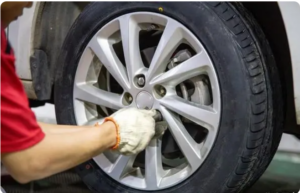
Tire grooves are generally designed with wear indicator points. If severe tire wear is found and the tire is approaching the indicator point position, it needs to be replaced in a timely manner. Daily inspections should be conducted to check for cracks, bulges, and other conditions. If the cracks are large and deep, and bulges occur, they must be replaced in a timely manner.
5. Regularly clean up carbon deposits
For most car owners, they may not be unfamiliar with car carbon deposits, but it seems that most car owners are confused about how to clean up carbon deposits.
However, for the removal of carbon deposits, as most people are not very familiar with it, most of the main parts of the car are simply not made. However, the prolonged accumulation of carbon also has a certain impact on the performance of the car.
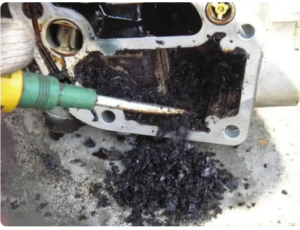
What are the hazards of not cleaning up engine carbon deposits in a timely manner?
The engine is the ‘heart’ of a vehicle, and oil is the ‘blood’ that flows inside the ‘heart’, but did you know?
During the operation of the engine, carbon deposits can occur. Minor carbon deposits do not require special treatment. If excessive carbon deposits adhere to the engine’s intake valves, cylinders, pistons, spark plugs, and other parts, attention should be paid!


